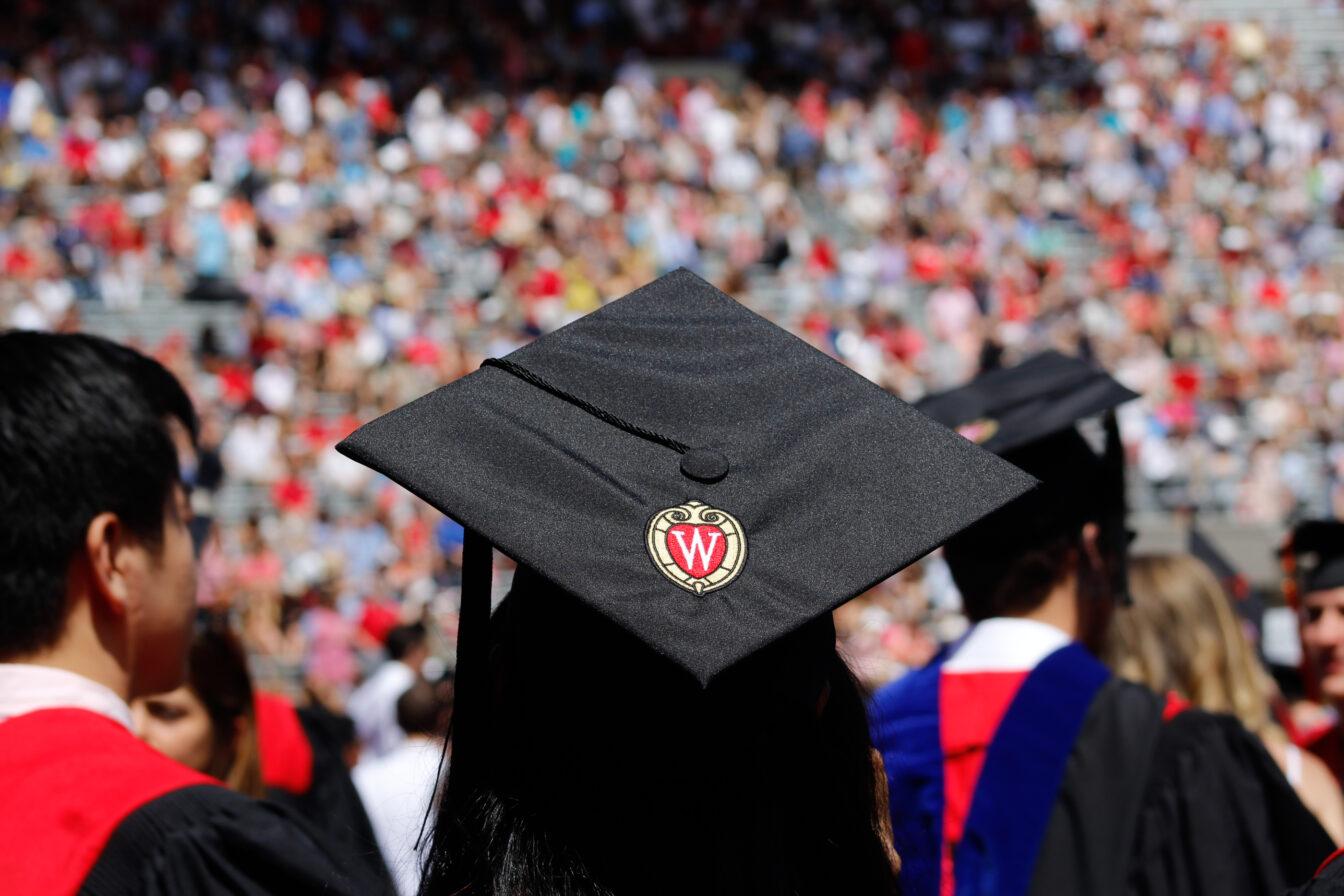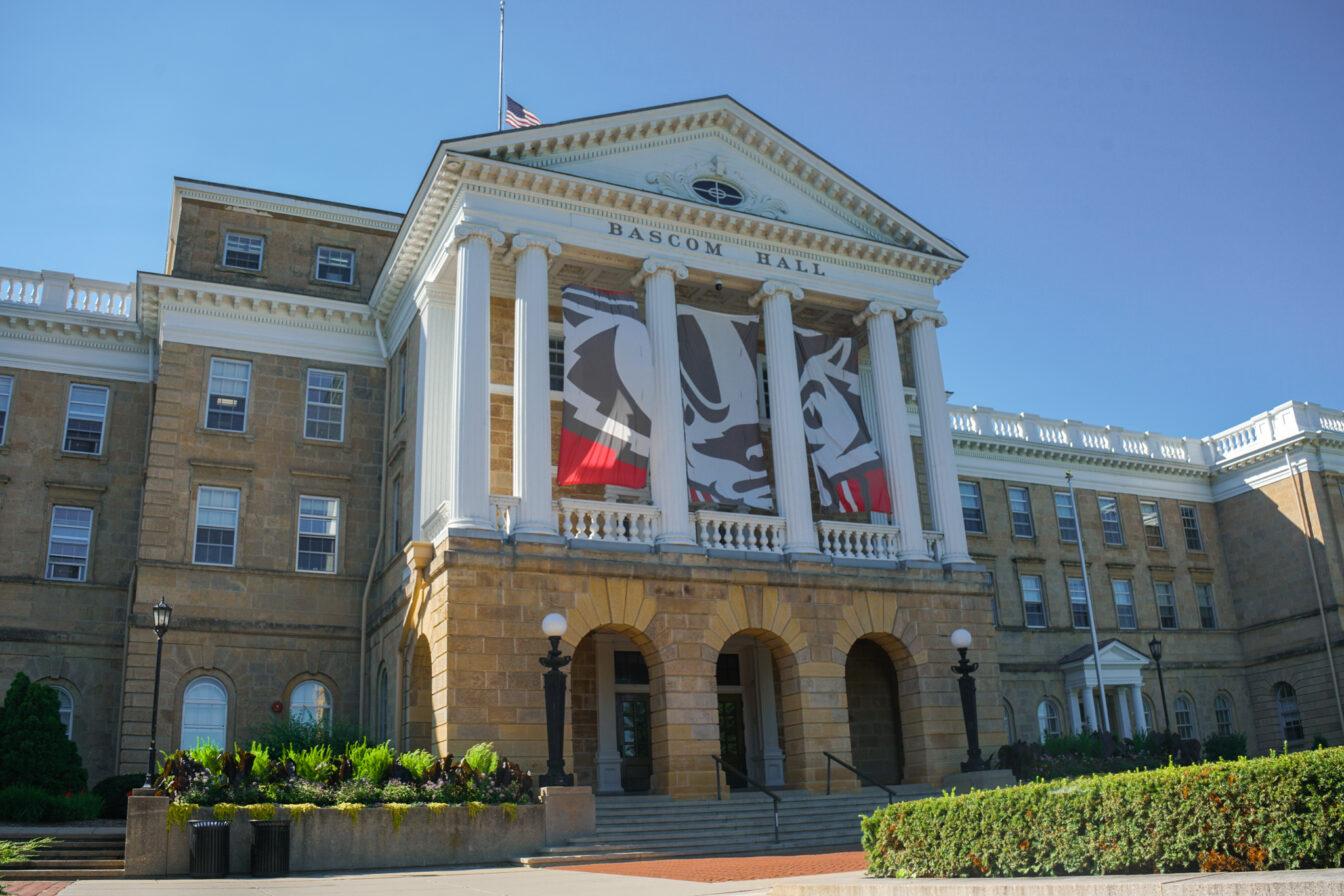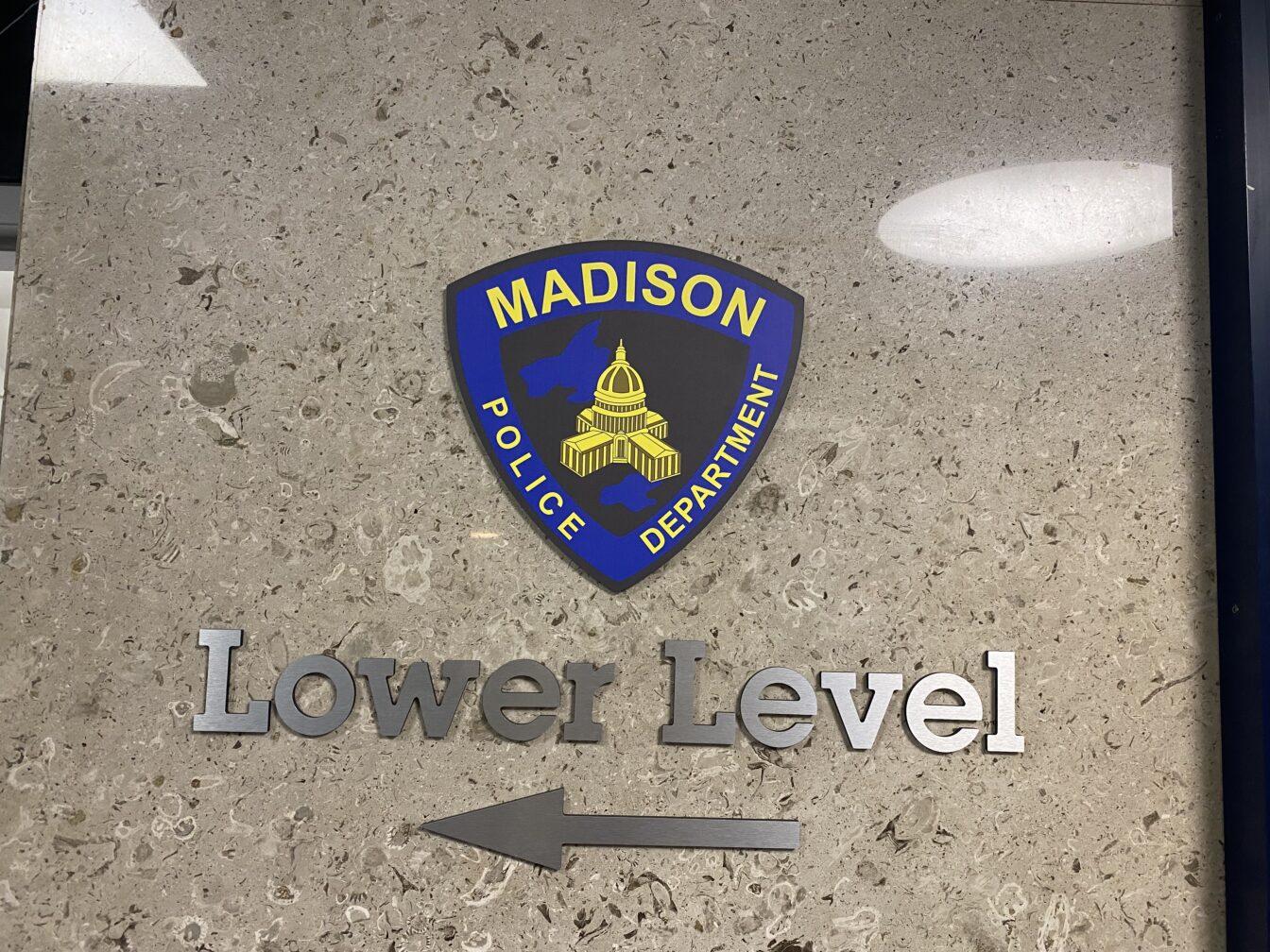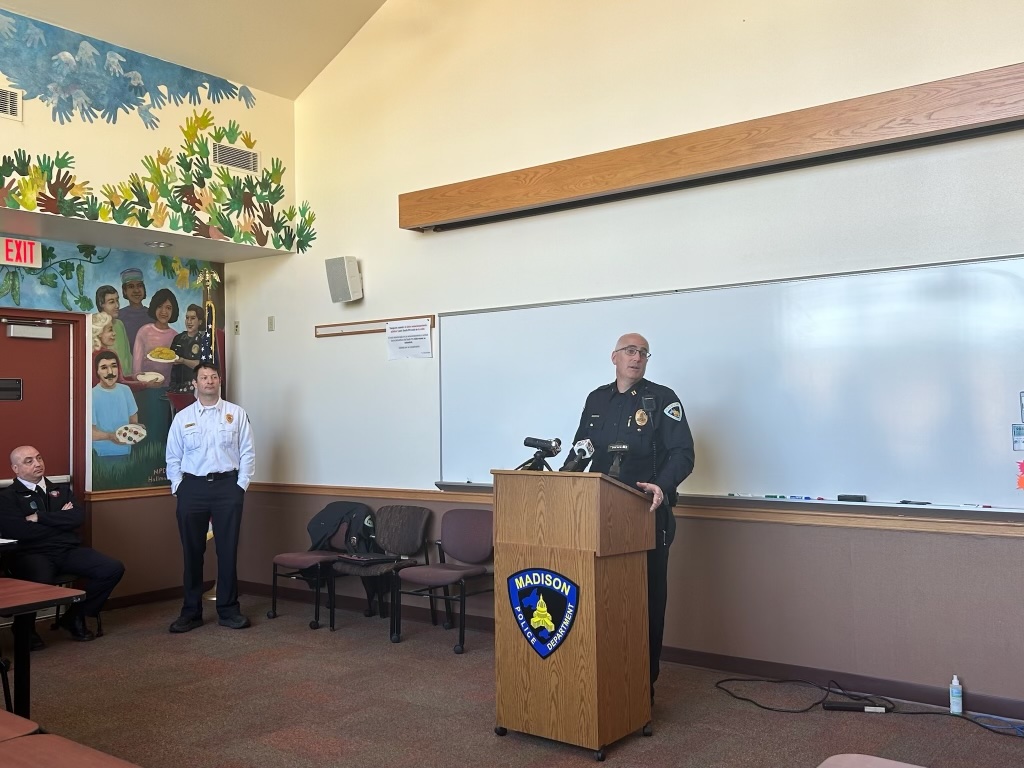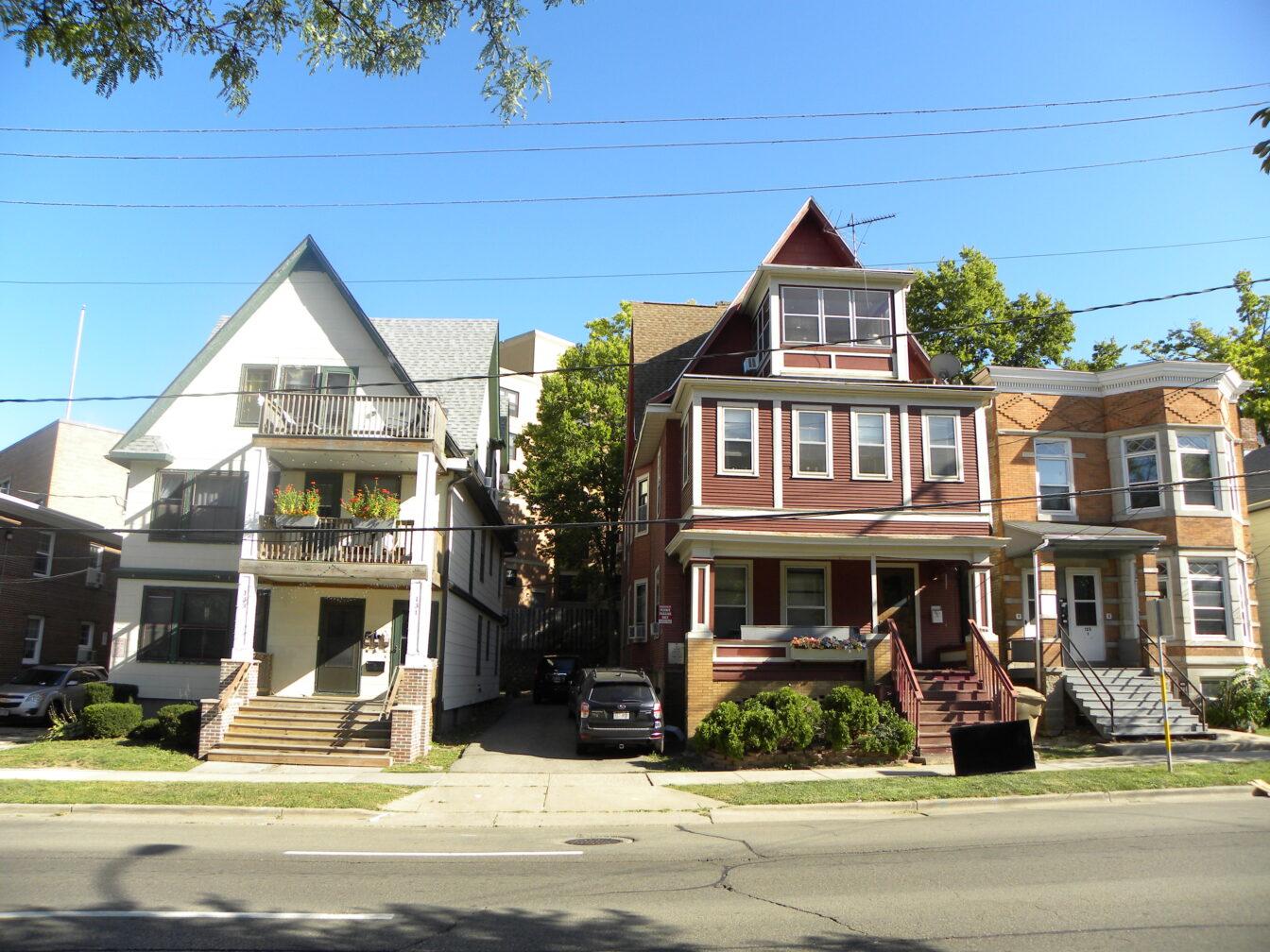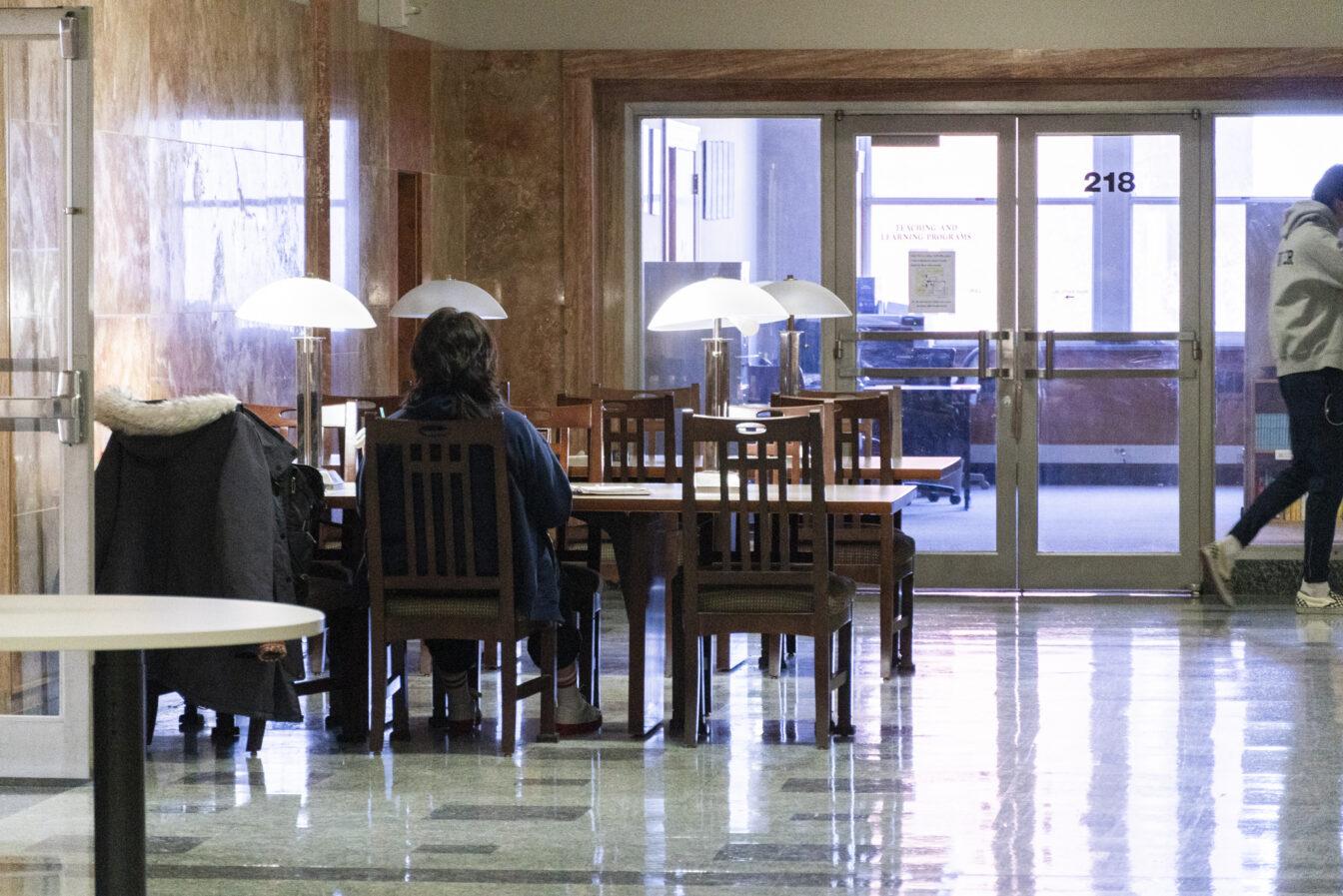The state of
The report, “Meeting Aggressive New State Goals for Utility-Sector Energy Efficiency: Examining Key Factors Associated With High Savings,” aimed to identify the nation’s 14 most energy-efficient states and analyze energy savings and efficiency spending, while highlighting those factors associated with energy savings.
According to the report, expert review and an analysis of energy efficiency spending and savings data was used. The findings also highlighted methods of energy efficiency recommended to states.
The council judged
In 2009, the targets are to reduce the electric load of the state’s citizens by .75 percent and statewide reduce natural gas use by .5 percent, according to Gov. Jim Doyle spokesperson Lee Sensenbrenner.
The reduction targets will continue to increase gradually until 2010, when the yearly targets will be a 2 percent reduction for electricity use and 1 percent reduction for natural gas use. Following 2010, the reduction targets will then continue to increase during each following year.
Doyle reiterated the importance of continuing to pursue goals toward energy efficiency.
“The Focus on Energy program is consistently one of the best in the country and we need to build on its strengths to help us achieve the targets outlined in my Task Force on Global Warming,” Doyle said in a statement Friday. “By charting a clean energy future, we’ll save money, create jobs, help secure our world and improve our air and water.”
The Task Force on Global Warming was formed in 2007 and incorporated leaders in the energy and environmental fields as well as government officials. After a year’s work on studying
Teresa Smith, spokesperson for the state’s Public Service Commission, says the advice from the report continues to influence state decisions.
“Many different agencies in the state are working together to come up with ways we can save money and save resources,” Smith said.
In addition to his Global Warming Task Force, Doyle sad he has additional plans to help achieve energy independence in the state, including a 25 percent by 2025 plan, which would require the state to generate 25 percent of its electricity and car fuels by 2025. Doyle also hopes to increase research in renewable energy and biofuels in an effort to make renewable energy more affordable as well, Sensenbrenner said.
The 13 other states identified for their energy efficiency policies in the report were California, Massachusetts, Connecticut, Vermont, New York, Oregon, Minnesota, New Jersey, Washington, Texas, Iowa, Rhode Island and Nevada.


